Standard Atomic Weight Chart
Description of the Standard Atomic Weight
The standard atomic weight is the weighted average of the atomic masses of an element’s isotopes, based on their natural occurrence. It reflects the element’s behaviour in nature by accounting for the presence of different isotopes.
Calculation of the Standard Atomic Weight
To calculate the standard atomic weight of an element, the atomic mass of each isotope is multiplied by its respective natural abundance. The sum of these products then gives the weighted average atomic mass.
- Identify the isotopes: Determine the different isotopes of the element.
- Determine the abundance: Ascertain the percentage of the natural abundance for each isotope.
- Multiply mass by abundance: For each isotope, multiply its atomic mass by its abundance.
- Sum the values: Add all the products to obtain the standard atomic weight.
Examples of Elements
Several elements have precisely defined standard atomic weights. Here are a few examples:
Carbon
Carbon has two stable isotopes:
- Carbon‑12: Atomic mass = 12.000 u, Abundance = 98.93%.
- Carbon‑13: Atomic mass = 13.003 u, Abundance = 1.07%.
Standard atomic weight = (12.000 × 0.9893) + (13.003 × 0.0107) ≈ 12.011 u
Chlorine
Chlorine has two stable isotopes:
- Chlorine‑35: Atomic mass = 34.969 u, Abundance = 75.76%
- Chlorine‑37: Atomic mass = 36.966 u, Abundance = 24.24%.
Standard atomic weight = (34.969 × 0.7576) + (36.966 × 0.2424) ≈ 35.45 u
IUPAC Standard Atomic Weight Table
The International Union of Pure and Applied Chemistry (IUPAC) provides standardised tables listing the standard atomic weights of all elements. These tables are essential for scientific research and industrial applications, as they ensure the consistency and accuracy of measurements and calculations.
Below is a complete list of elements with their symbols and atomic weights:
|
Element |
Symbol |
Standard Atomic Weight (u) |
|
Hydrogen |
H |
1.008 |
|
Helium |
He |
4.0026 |
|
Li |
6.94 |
|
|
Be |
9.0122 |
|
|
Boron |
B |
10.81 |
|
Carbon |
C |
12.011 |
|
Nitrogen |
N |
14.007 |
|
Oxygen |
O |
15.999 |
|
Fluorine |
F |
18.998 |
|
Neon |
Ne |
20.180 |
|
Sodium |
Na |
22.990 |
|
Magnesium |
Mg |
24.305 |
|
Aluminium |
Al |
26.982 |
|
Si |
28.085 |
|
|
Phosphorus |
P |
30.974 |
|
Sulphur |
S |
32.06 |
|
Chlorine |
Cl |
35.45 |
|
Argon |
Ar |
39.948 |
|
Potassium |
K |
39.098 |
|
Calcium |
Ca |
40.078 |
|
Scandium |
Sc |
44.956 |
|
Ti |
47.867 |
|
|
Vanadium |
V |
50.9415 |
|
Chromium |
Cr |
52.00 |
|
Manganese |
Mn |
54.938 |
|
Iron |
Fe |
55.845 |
|
Cobalt |
Co |
58.933 |
|
Nickel |
Ni |
58.6934 |
|
Copper |
Cu |
63.546 |
|
Zinc |
Zn |
65.38 |
|
Ga |
69.723 |
|
|
Germanium |
Ge |
72.63 |
|
Arsenic |
As |
74.922 |
|
Selenium |
Se |
78.971 |
|
Bromine |
Br |
79.904 |
|
Krypton |
Kr |
83.798 |
|
Rubidium |
Rb |
85.4678 |
|
Strontium |
Sr |
87.62 |
|
Yttrium |
Y |
88.9059 |
|
Zr |
91.224 |
|
|
Nb |
92.906 |
|
|
Mo |
95.95 |
|
|
Technetium |
Tc |
98 |
|
Ruthenium |
Ru |
101.07 |
|
Rhodium |
Rh |
102.91 |
|
Palladium |
Pd |
106.42 |
|
Silver |
Ag |
107.8682 |
|
Cadmium |
Cd |
112.411 |
|
Indium |
In |
114.818 |
|
Tin |
Sn |
118.710 |
|
Antimony |
Sb |
121.76 |
|
Tellurium |
Te |
127.60 |
|
Iodine |
I |
126.904 |
|
Xenon |
Xe |
131.293 |
|
Caesium |
Cs |
132.9055 |
|
Barium |
Ba |
137.327 |
|
Lanthanum |
La |
138.9055 |
|
Cerium |
Ce |
140.116 |
|
Praseodymium |
Pr |
140.907 |
|
Nd |
144.242 |
|
|
Promethium |
Pm |
145 |
|
Samarium |
Sm |
150.36 |
|
Europium |
Eu |
151.98 |
|
Gadolinium |
Gd |
157.25 |
|
Terbium |
Tb |
158.92535 |
|
Dysprosium |
Dy |
162.500 |
|
Holmium |
Ho |
164.93033 |
|
Erbium |
Er |
167.259 |
|
Thulium |
Tm |
168.93422 |
|
Ytterbium |
Yb |
173.04 |
|
Lutetium |
Lu |
175.00 |
|
Hafnium |
Hf |
178.49 |
|
Ta |
180.94788 |
|
|
Tungsten |
W |
183.84 |
|
Rhenium |
Re |
186.207 |
|
Osmium |
Os |
190.23 |
|
Iridium |
Ir |
192.217 |
|
Platinum |
Pt |
195.084 |
|
Gold |
Au |
196.966569 |
|
Mercury |
Hg |
200.592 |
|
Thallium |
Tl |
204.38 |
|
Lead |
Pb |
207.2 |
|
Bismuth |
Bi |
208.98040 |
|
Polonium |
Po |
209 |
|
Astatine |
At |
210 |
|
Radon |
Rn |
222 |
|
Francium |
Fr |
223 |
|
Radium |
Ra |
226 |
|
Actinium |
Ac |
227 |
|
Thorium |
Th |
232.03805 |
|
Protactinium |
Pa |
231.03588 |
|
Uranium |
U |
238.02891 |
|
Neptunium |
Np |
237 |
|
Plutonium |
Pu |
244 |
|
Americium |
Am |
243 |
|
Curium |
Cm |
247 |
|
Berkelium |
Bk |
247 |
|
Californium |
Cf |
251 |
|
Einsteinium |
Es |
252 |
|
Fermium |
Fm |
257 |
|
Mendelevium |
Md |
258 |
|
Nobelium |
No |
259 |
|
Lawrencium |
Lr |
262 |
|
Rutherfordium |
Rf |
267 |
|
Dubnium |
Db |
270 |
|
Seaborgium |
Sg |
271 |
|
Bohrium |
Bh |
270 |
|
Hassium |
Hs |
277 |
|
Meitnerium |
Mt |
276 |
|
Darmstadtium |
Ds |
281 |
|
Roentgenium |
Rg |
280 |
|
Copernicium |
Cn |
285 |
|
Nihonium |
Nh |
284 |
|
Flerovium |
Fl |
289 |
|
Moscovium |
Mc |
288 |
|
Livermorium |
Lv |
293 |
|
Tennessine |
Ts |
294 |
|
Oganesson |
Og |
294 |
Frequently Asked Questions
What is the difference between atomic mass and standard atomic weight?
Atomic mass refers to the mass of a single isotope, whereas standard atomic weight is the weighted average of all naturally occurring isotopes of an element.
Why do the elements have different standard atomic weights?
Elements have different standard atomic weights due to the varying natural abundances of their isotopes.
How does IUPAC determine standard atomic weights?
IUPAC determines standard atomic weights by analysing the isotopic composition of elements in nature and calculating the weighted average based on these data.
Can the standard atomic weight change over time?
The standard atomic weight may change if new isotopic data become available or if the natural abundance of isotopes shifts due to environmental factors.
Why is standard atomic weight important in chemistry?
Standard atomic weight is essential for the accurate calculation of molecular masses, stoichiometry in reactions, and various applications in research and industry.

 Bars
Bars
 Beads & Spheres
Beads & Spheres
 Bolts & Nuts
Bolts & Nuts
 Crucibles
Crucibles
 Discs
Discs
 Fibers & Fabrics
Fibers & Fabrics
 Films
Films
 Flake
Flake
 Foams
Foams
 Foil
Foil
 Granules
Granules
 Honeycombs
Honeycombs
 Ink
Ink
 Laminate
Laminate
 Lumps
Lumps
 Meshes
Meshes
 Metallised Film
Metallised Film
 Plate
Plate
 Powders
Powders
 Rod
Rod
 Sheets
Sheets
 Single Crystals
Single Crystals
 Sputtering Target
Sputtering Target
 Tubes
Tubes
 Washer
Washer
 Wires
Wires
 Converters & Calculators
Converters & Calculators
 Write for Us
Write for Us
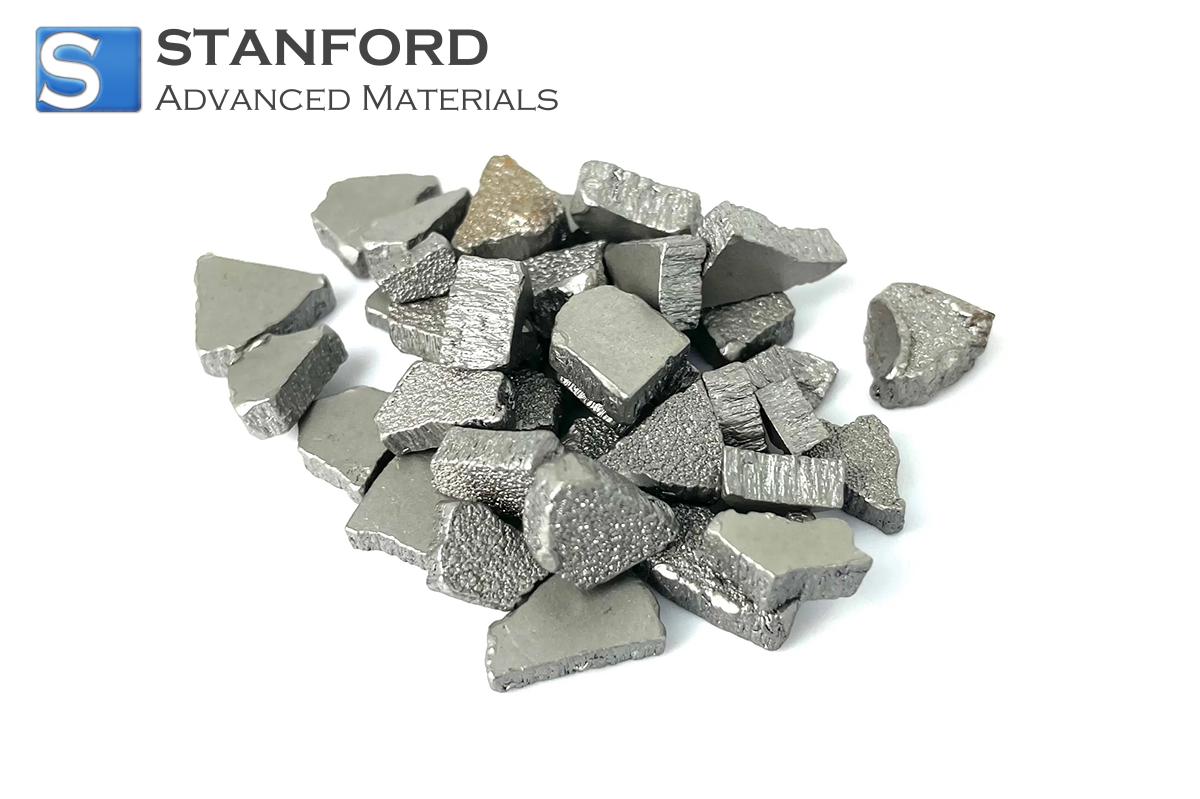
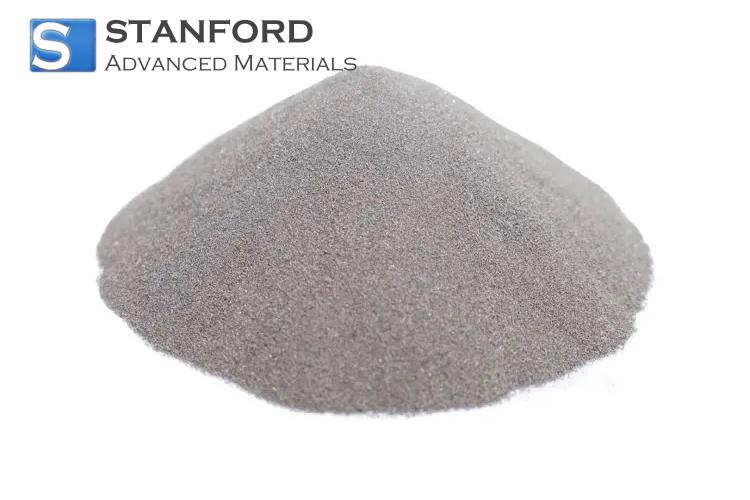
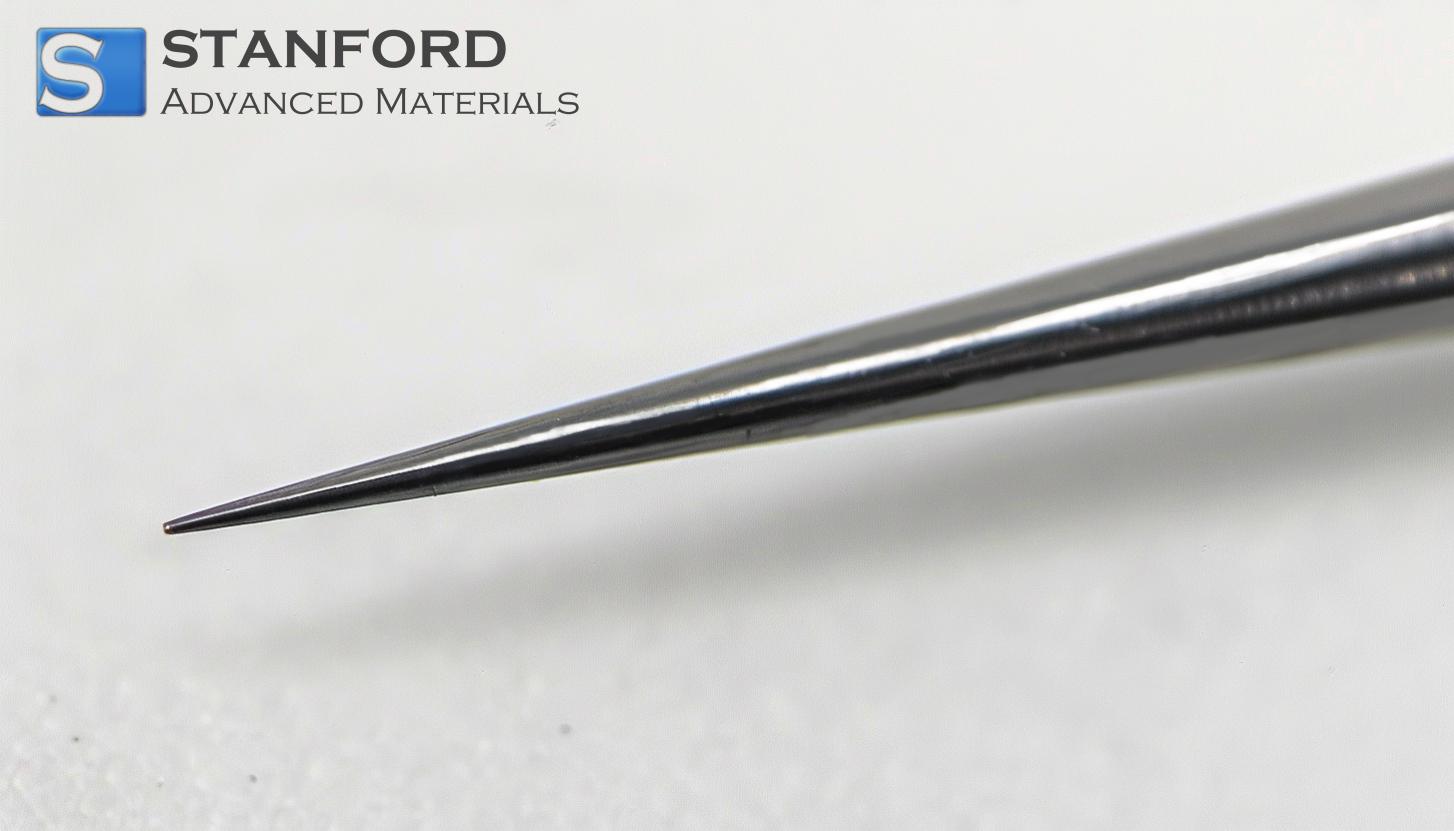
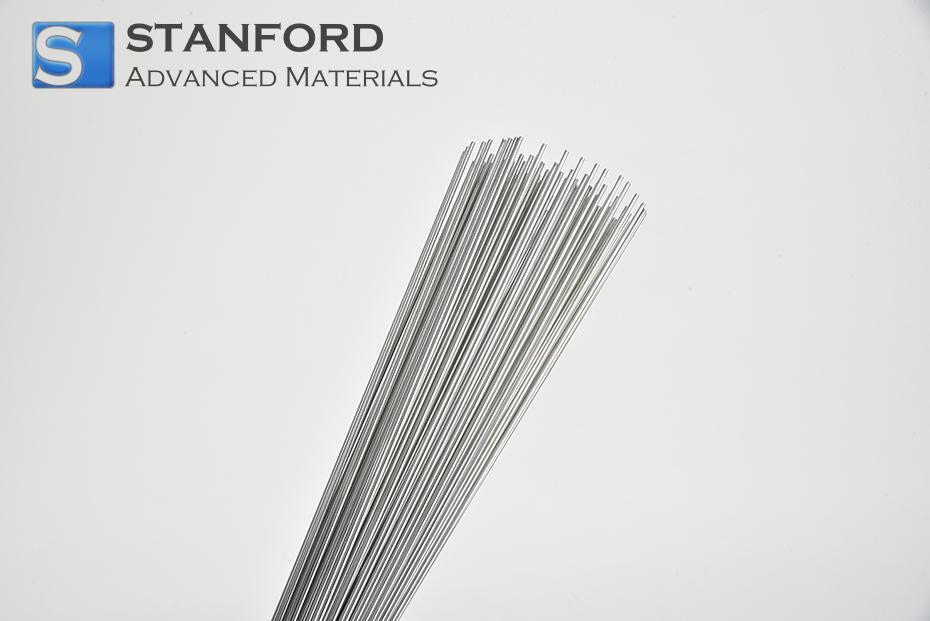
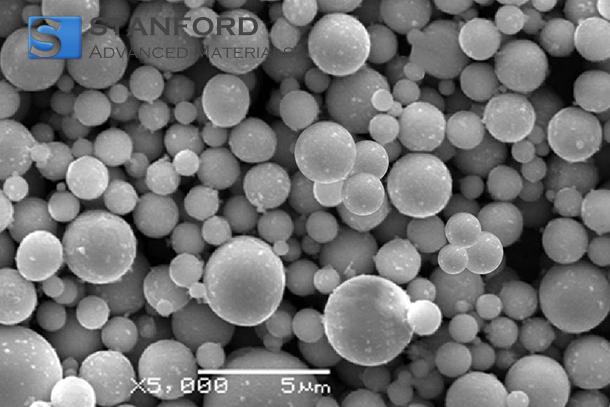
 Chin Trento
Chin Trento



